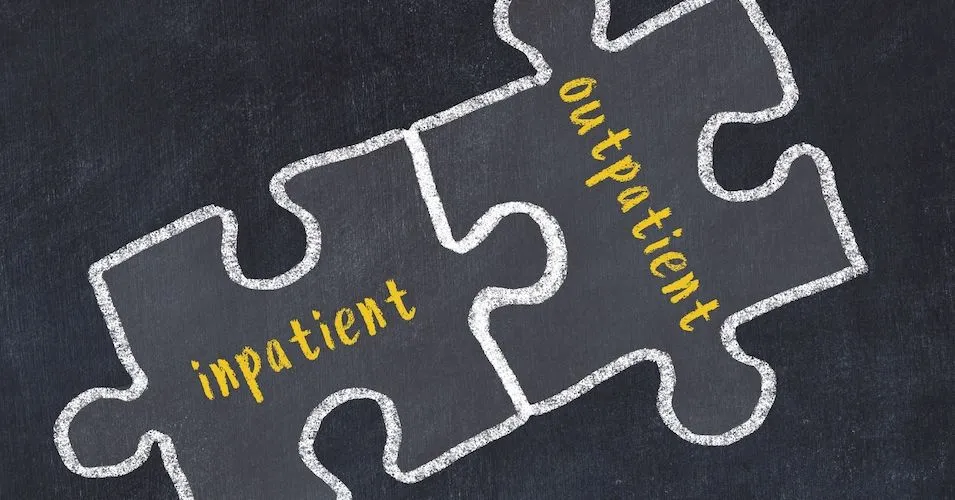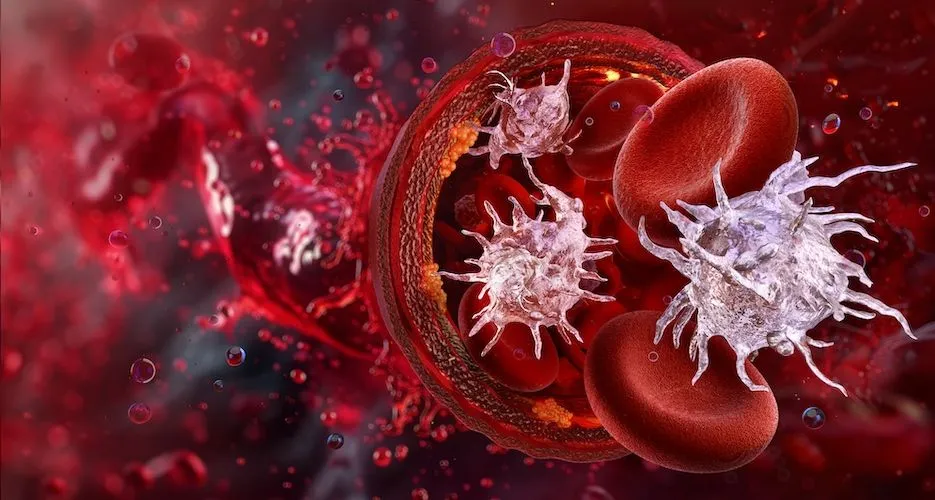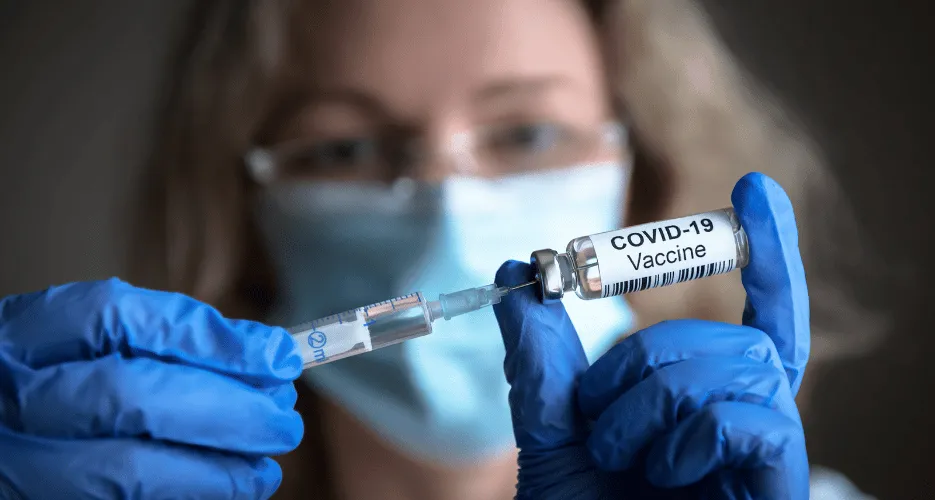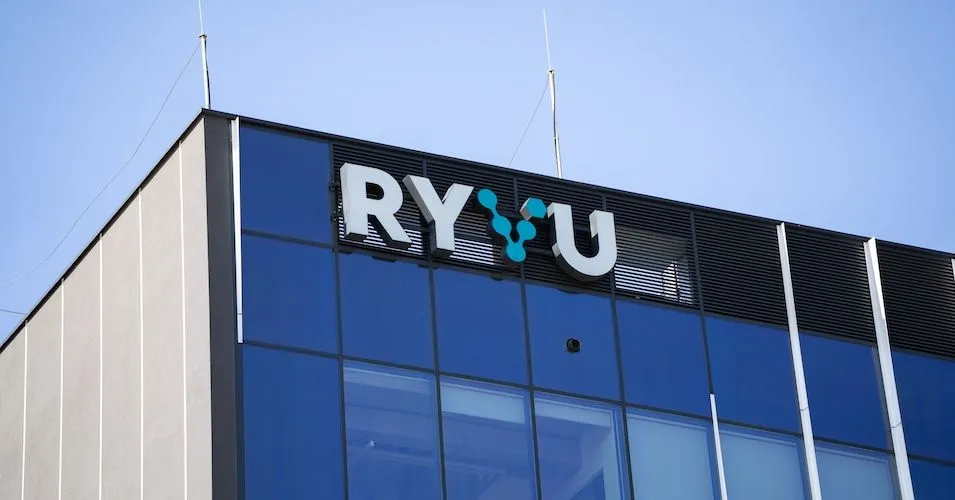ASCO and EHA 2024 Updates for Multiple Myeloma Patients

In an interview for HealthTree, Dr. Claudio Cerchione from the University of Bologna in Italy discusses findings revealed at ASCO and EHA conferences on multiple myeloma. Watch the interview or read below for a summary of his highlights!
While working together to find a cure, myeloma is currently incurable, and there's a risk of it coming back or not responding to treatment. Platforms like HealthTree connect patients and researchers, helping with research and treatment while also providing education and support for patients.
Revolutionary Treatments for Multiple Myeloma
The treatment landscape for multiple myeloma is rapidly evolving with the introduction of novel agents and innovative combinations. These advancements, coupled with improved diagnostic tools, are enhancing the optimization of treatment strategies.
- Treatment options for newly diagnosed patients: New data highlight the effectiveness of monoclonal antibodies, such as daratumumab, in frontline treatments. Treatment regimens are evolving, with new agents enhancing backbone combinations like VRD (Velcade, Revlimid, Dexamethasone) and KRD (Kyprolis, Revlimid, Dexamethasone).
- Minimal Residual Disease (MRD) negativity: Achieving and sustaining MRD negativity is now a key focus for treating multiple myeloma. This goal is vital for improving patient outcomes and is particularly important for those undergoing autologous stem cell transplantation.
What Are the Advances in Relapsed and Refractory Myeloma in 2024?
Dr. Cerchione highlighted the new therapeutic strategies that are emerging for patients with relapsed or refractory multiple myeloma:
- DREAMM Trials: The DREAMM-7 and DREAMM-8 trials showcase the potential of belantamab mafodotin, especially when used earlier in the treatment sequence. These trials demonstrate promising efficacy and tolerability, making belantamab mafodotin a potential new standard of care for lenalidomide-refractory patients.
- Real-World Data: The PREAMBLE registry found that patients who don't respond well to lenalidomide treatment need better options. Currently, only 31% of these patients respond to the available treatments. New treatments are really needed for these patients to get better outcomes.
What Are the Emerging Therapies and Diagnostic Innovations in Multiple Myeloma?
- Novel Immunotherapies and CAR-T Therapies: Both bispecific antibodies and CAR-T therapies are showing strong results in monotherapy and combination treatments. The prevention and management of adverse events are improving, making these treatments safer and more effective.
- Diagnostic Tools: Innovations in diagnostic methods, such as whole-body MRI, PET scans, and molecular analyses, enable more personalized treatment approaches. These tools are expected to inform prognostic scores and optimize patient management.
Can Myeloma Progression Be Prevented?
There is a growing focus on preventing the progression of multiple myeloma, especially in high-risk smoldering myeloma patients:
- Clinical Trials: Ongoing trials are investigating the use of monoclonal and bispecific antibodies to prevent the progression to symptomatic myeloma in high-risk patients.
- Early Detection and Treatment: Efforts are focused on detecting high-risk smoldering myeloma early and treating these patients before they become symptomatic. This approach aims to prevent the progression to multiple myeloma, improving long-term outcomes.
Looking Ahead: Towards Finding a Cure
The ultimate goal is not only to improve progression-free survival but also to entirely stop multiple myeloma. The continuous research and development of new treatments bring hope that a cure for multiple myeloma will become a reality in the near future. Dr. Cerchione's insights from the ASCO and EHA conferences highlight the remarkable progress and optimism within the myeloma medical community, patients, and organizations like HealthTree.
How Can You Contribute to Myeloma Research?
You can also actively participate in research by joining the HealthTree Cure Hub and becoming a cure contributor!
If you are interested in participating in or finding a clinical trial, keep track of your labs and studies all in one place, you can create a free account and safely connect your records!
Source:
In an interview for HealthTree, Dr. Claudio Cerchione from the University of Bologna in Italy discusses findings revealed at ASCO and EHA conferences on multiple myeloma. Watch the interview or read below for a summary of his highlights!
While working together to find a cure, myeloma is currently incurable, and there's a risk of it coming back or not responding to treatment. Platforms like HealthTree connect patients and researchers, helping with research and treatment while also providing education and support for patients.
Revolutionary Treatments for Multiple Myeloma
The treatment landscape for multiple myeloma is rapidly evolving with the introduction of novel agents and innovative combinations. These advancements, coupled with improved diagnostic tools, are enhancing the optimization of treatment strategies.
- Treatment options for newly diagnosed patients: New data highlight the effectiveness of monoclonal antibodies, such as daratumumab, in frontline treatments. Treatment regimens are evolving, with new agents enhancing backbone combinations like VRD (Velcade, Revlimid, Dexamethasone) and KRD (Kyprolis, Revlimid, Dexamethasone).
- Minimal Residual Disease (MRD) negativity: Achieving and sustaining MRD negativity is now a key focus for treating multiple myeloma. This goal is vital for improving patient outcomes and is particularly important for those undergoing autologous stem cell transplantation.
What Are the Advances in Relapsed and Refractory Myeloma in 2024?
Dr. Cerchione highlighted the new therapeutic strategies that are emerging for patients with relapsed or refractory multiple myeloma:
- DREAMM Trials: The DREAMM-7 and DREAMM-8 trials showcase the potential of belantamab mafodotin, especially when used earlier in the treatment sequence. These trials demonstrate promising efficacy and tolerability, making belantamab mafodotin a potential new standard of care for lenalidomide-refractory patients.
- Real-World Data: The PREAMBLE registry found that patients who don't respond well to lenalidomide treatment need better options. Currently, only 31% of these patients respond to the available treatments. New treatments are really needed for these patients to get better outcomes.
What Are the Emerging Therapies and Diagnostic Innovations in Multiple Myeloma?
- Novel Immunotherapies and CAR-T Therapies: Both bispecific antibodies and CAR-T therapies are showing strong results in monotherapy and combination treatments. The prevention and management of adverse events are improving, making these treatments safer and more effective.
- Diagnostic Tools: Innovations in diagnostic methods, such as whole-body MRI, PET scans, and molecular analyses, enable more personalized treatment approaches. These tools are expected to inform prognostic scores and optimize patient management.
Can Myeloma Progression Be Prevented?
There is a growing focus on preventing the progression of multiple myeloma, especially in high-risk smoldering myeloma patients:
- Clinical Trials: Ongoing trials are investigating the use of monoclonal and bispecific antibodies to prevent the progression to symptomatic myeloma in high-risk patients.
- Early Detection and Treatment: Efforts are focused on detecting high-risk smoldering myeloma early and treating these patients before they become symptomatic. This approach aims to prevent the progression to multiple myeloma, improving long-term outcomes.
Looking Ahead: Towards Finding a Cure
The ultimate goal is not only to improve progression-free survival but also to entirely stop multiple myeloma. The continuous research and development of new treatments bring hope that a cure for multiple myeloma will become a reality in the near future. Dr. Cerchione's insights from the ASCO and EHA conferences highlight the remarkable progress and optimism within the myeloma medical community, patients, and organizations like HealthTree.
How Can You Contribute to Myeloma Research?
You can also actively participate in research by joining the HealthTree Cure Hub and becoming a cure contributor!
If you are interested in participating in or finding a clinical trial, keep track of your labs and studies all in one place, you can create a free account and safely connect your records!
Source:

about the author
Jimena Vicencio
Jimena is an International Medical Graduate and a member of the HealthTree Writing team. She has a passion for languages and is currently learning Japanese. In her free time, she loves playing with her cats. Jimena is also pursuing a bachelor's degree in journalism.
More on Conferences
Trending Articles
Get the latest thought leadership on your Blood Cancer delivered straight to your inbox
Subscribe to the weekly newsletter for news, stories, clinical trial updates, and helpful resources and events with cancer experts.
Thanks to our HealthTree Community for Blood Cancer Sponsors:
.svg_64899492-87cd-4df9-9d4b-07f9618df890.png?alt=media)












